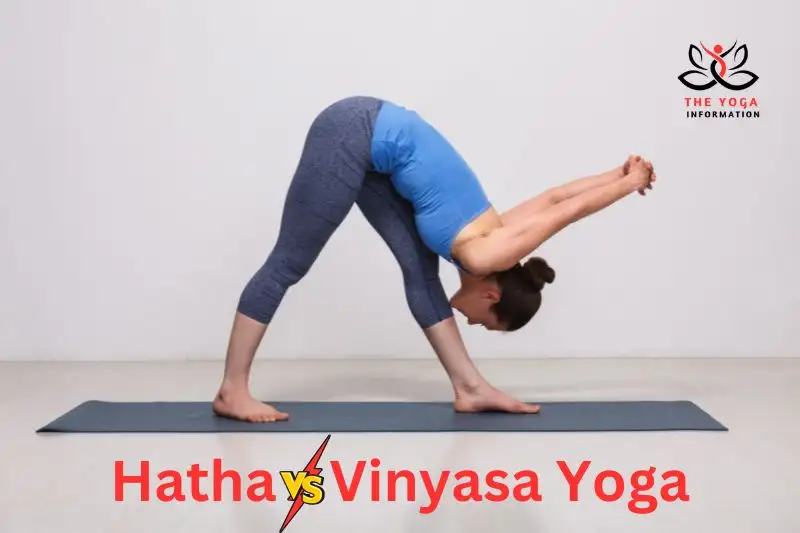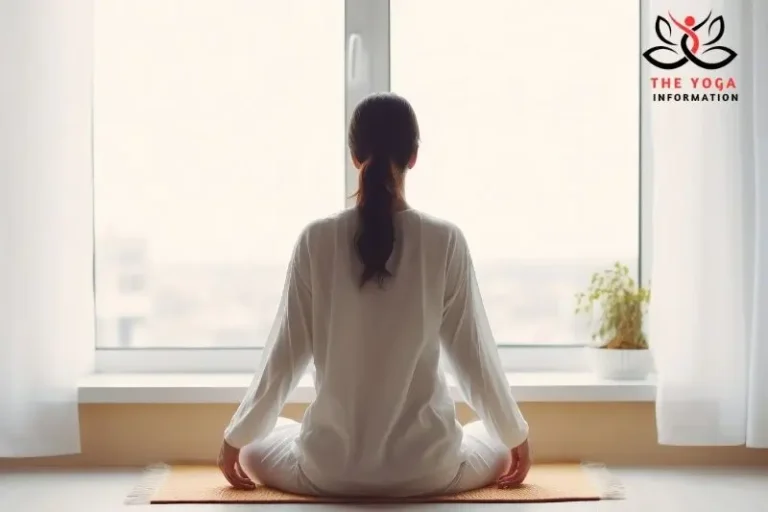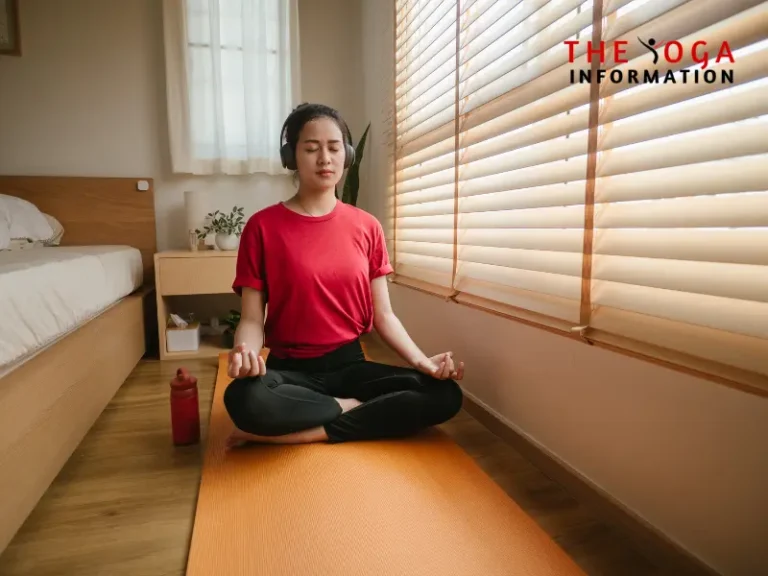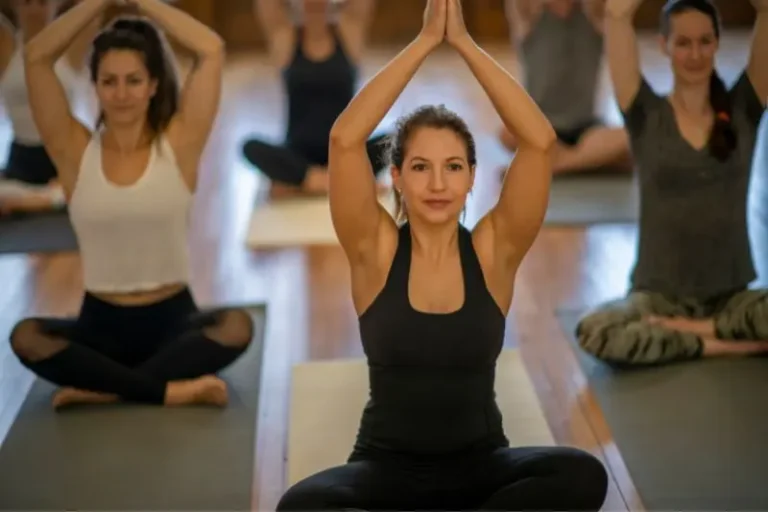Are you ready to dive into the world of yoga and explore the differences between Hatha vs Vinyasa yoga? Whether you’re a seasoned yogi or just starting out on your yoga journey, understanding the nuances of these two popular yoga styles can help you choose the practice that best suits your needs. In this blog post, we’ll delve into the key characteristics of Hatha and Vinyasa yoga, their origins, benefits, and unique features. Let’s explore the wonderful world of Hatha and Vinyasa yoga together.
What is Hatha yoga
Hatha yoga is a traditional form of yoga that focuses on physical postures, breathing techniques, and meditation. It is designed to align and calm the body, mind, and spirit in preparation for meditation.
Origins of Hatha Yoga
Hatha Yoga, often referred to as the foundation of all yoga styles, has its roots deeply embedded in ancient Indian traditions. The word “Hatha” is derived from the Sanskrit language, where “Ha” represents the sun and “Tha” symbolizes the moon. This union of opposites reflects the core philosophy of Hatha Yoga, emphasizing the balance between body and mind, as well as the alignment of the masculine and feminine energies within oneself.
The origins of Hatha Yoga can be traced back to the 15th century with the compilation of the Hatha Yoga Pradipika, a seminal text that serves as a guide to the practice. This foundational text outlines various asanas (postures), pranayama (breathing techniques), mudras (gestures), and bandhas (locks) that form the framework of Hatha Yoga. It also emphasizes the importance of purifying the body through shatkarmas (cleansing practices) and cultivating mental focus through dharana (concentration) and dhyana (meditation).
Principles of Hatha Yoga
At the heart of Hatha Yoga lies the principle of achieving balance and harmony within the physical, mental, and energetic aspects of the self. The practice encompasses a holistic approach to health and wellness, integrating asanas to promote physical strength and flexibility, pranayama to regulate the breath and enhance vital energy, and meditation to cultivate inner peace and self-awareness.
One of the fundamental principles of Hatha Yoga is the concept of “sthira sukham asanam,” which translates to finding steadiness and ease in the yoga postures. This principle underscores the importance of maintaining a sense of stability and comfort while engaging in the physical practices, fostering a mindful and sustainable approach to yoga.
Practice of Hatha Yoga
The practice of Hatha Yoga is characterized by a deliberate and mindful approach to each aspect of the discipline. As practitioners engage in various asanas, they are encouraged to focus on alignment, breath awareness, and inner sensations, fostering a deep connection between the body and mind. This mindful presence extends to the practice of pranayama, where individuals learn to regulate and expand their breath, promoting a sense of calmness and vitality.
Furthermore, the incorporation of meditation and relaxation techniques in Hatha Yoga encourages practitioners to delve into the inner landscapes of their consciousness, promoting self-inquiry and emotional balance. The holistic nature of Hatha Yoga empowers individuals to experience a profound sense of well-being, integrating physical vitality with mental clarity and emotional equanimity.
Benefits of Hatha Yoga
Physical Fitness: Hatha Yoga helps improve flexibility, strength, and balance. The various asanas work on different muscle groups, leading to increased muscle tone and overall body strength. Regular practice of Hatha Yoga can also help in improving posture and alignment.
Stress Reduction: In today’s fast-paced world, stress has become a common companion for many. Hatha Yoga offers a sanctuary from the chaos, providing a space to calm the mind and reduce stress. Through the practice of deep breathing and mindfulness, Hatha Yoga helps in lowering cortisol levels and promoting a sense of relaxation.
Mental Clarity: The combination of physical postures and focused breathing in Hatha Yoga can enhance mental clarity and concentration. It allows practitioners to quiet the mental chatter, leading to improved focus and better cognitive function.
Emotional Balance: Hatha Yoga encourages self-awareness and introspection, allowing individuals to connect with their emotions on a deeper level. It provides tools to manage emotions and cultivate a sense of inner peace and balance.
Improved Breathing: Pranayama, the breath control techniques in Hatha Yoga, can significantly enhance respiratory function. It teaches individuals to breathe more consciously, which can have a positive impact on overall lung capacity and oxygen intake.
Holistic Healing: Hatha Yoga is not just a physical practice; it encompasses a holistic approach to healing. It promotes the harmonious functioning of the body, mind, and spirit, fostering a sense of overall well-being.
Enhanced Self-Awareness: Through the practice of Hatha Yoga, individuals develop a deeper connection with their bodies and inner selves. This heightened self-awareness can lead to greater self-acceptance and self-love.
Stress Management: Hatha Yoga equips individuals with effective stress management tools that can be applied both on and off the yoga mat. The practice cultivates resilience and a sense of inner calm, helping individuals navigate life’s challenges with grace.
Spiritual Growth: For those seeking spiritual fulfillment, Hatha Yoga provides a pathway to spiritual growth and self-realization. It encourages the exploration of one’s spiritual nature and can lead to a profound sense of interconnectedness with the universe.
Overall Well-being: Ultimately, the practice of Hatha Yoga contributes to an overall sense of well-being. It promotes a healthy lifestyle, fosters a positive outlook on life, and encourages individuals to live in harmony with themselves and the world around them.
What is Vinyasa Yoga
Vinyasa Yoga is a dynamic and flowing style of yoga that synchronizes movement with breath. In Vinyasa Yoga, practitioners move through a series of poses, transitioning smoothly from one to the next, while coordinating the movements with deep, rhythmic breathing.
Origins of Vinyasa Yoga
Vinyasa yoga traces its roots back to ancient yoga traditions, particularly the Ashtanga Vinyasa yoga system developed by Sri T. Krishnamacharya. This dynamic form of yoga focuses on the synchronization of breath with a continuous flow of postures, creating a meditative and rhythmic practice. Vinyasa yoga draws inspiration from the traditional Hatha yoga asanas, incorporating fluid transitions and mindful breathing to create a seamless sequence of movements.
Principles of Vinyasa Yoga
The essence of Vinyasa yoga lies in its foundational principles, which guide practitioners towards a deeper connection with their body, breath, and mind. Central to Vinyasa yoga is the concept of “Vinyasa,” meaning the linking of breath with movement. This principle emphasizes the importance of mindful breathing, smooth transitions between poses, and the continuous flow of energy throughout the practice. Another key principle is “Ujjayi Pranayama,” a specific breathing technique that involves breathing in and out through the nose while constricting the back of the throat, creating an audible sound that enhances focus and concentration.
Practice of Vinyasa Yoga
The practice of Vinyasa yoga is characterized by its dynamic and fluid nature, allowing practitioners to explore a wide range of postures while maintaining a harmonious rhythm of breath and movement. A typical Vinyasa class begins with centering and grounding through meditation and pranayama, followed by a series of sun salutations to warm up the body. The sequence then unfolds with a variety of standing, balancing, and seated poses, all seamlessly linked together through the breath. The practice culminates in a well-deserved relaxation and savasana, allowing the body and mind to integrate the benefits of the practice.
Benefits of Vinyasa Yoga
Physical Strength and Flexibility: Vinyasa yoga involves flowing through a series of poses that seamlessly transition from one to the next. This continuous movement not only builds muscular strength but also enhances flexibility, as it requires engaging various muscle groups and joints throughout the practice.
Stress Reduction and Mental Clarity: The synchronized breath-to-movement aspect of Vinyasa yoga promotes mindfulness and helps calm the mind. As you focus on your breath while moving through the sequences, you can experience a sense of tranquility and mental clarity, reducing stress and anxiety.
Cardiovascular Health: The dynamic nature of Vinyasa yoga creates a cardiovascular workout, elevating the heart rate and improving circulation. This can contribute to better cardiovascular health and endurance over time.
Body Awareness and Balance: Vinyasa yoga encourages practitioners to be fully present in their movements, fostering a heightened sense of body awareness and balance. As you flow through the poses, you become attuned to the subtle nuances of your body’s alignment and movement, promoting better balance and coordination.
Detoxification and Improved Circulation: The intentional breathing techniques combined with the physical movements in Vinyasa yoga can aid in detoxifying the body and improving circulation. This can help flush out toxins, increase oxygen supply to the cells, and promote overall well-being.
Weight Management: The dynamic and engaging nature of Vinyasa yoga can contribute to calorie burning and weight management. Regular practice can help maintain a healthy body weight and support overall fitness goals.
Mind-Body Connection: Vinyasa yoga emphasizes the connection between breath and movement, fostering a deeper mind-body connection. This can lead to a greater understanding of how physical and mental well-being are intertwined, ultimately promoting holistic health.
Community and Support: Engaging in Vinyasa yoga classes provides an opportunity to connect with like-minded individuals in a supportive and nurturing environment. Building a sense of community and support can further enhance the overall experience and well-being of practitioners.
Conclusion
Hatha and vinyasa yoga are two distinct styles with unique characteristics and benefits. Hatha yoga focuses on holding poses for longer periods, emphasizing alignment, and promoting relaxation, making it suitable for beginners and those seeking a more gentle practice. On the other hand, vinyasa yoga involves flowing sequences of poses coordinated with breath, offering a more dynamic and challenging experience that can enhance strength, flexibility, and cardiovascular health. Understanding the differences between these two styles can help individuals choose the practice that best aligns with their goals and preferences, ultimately leading to a more fulfilling yoga journey.



